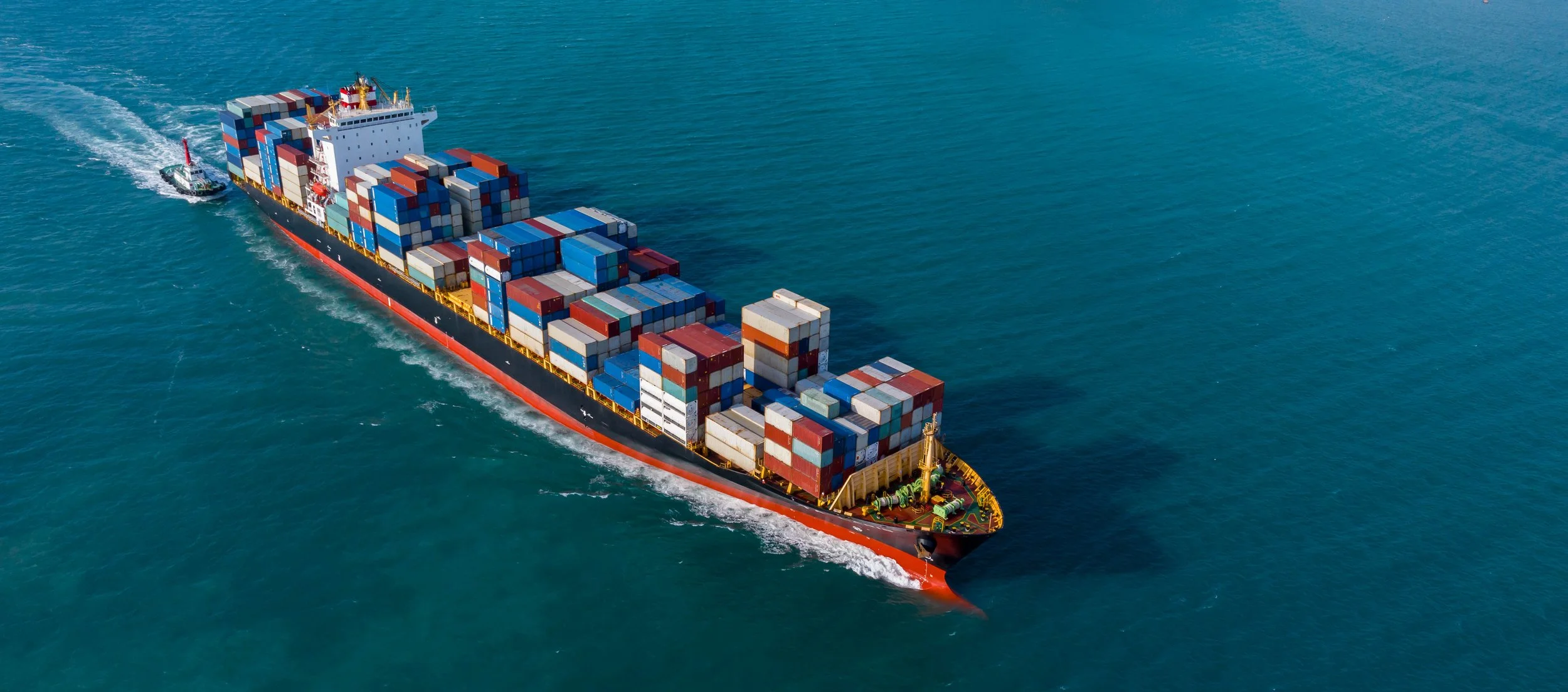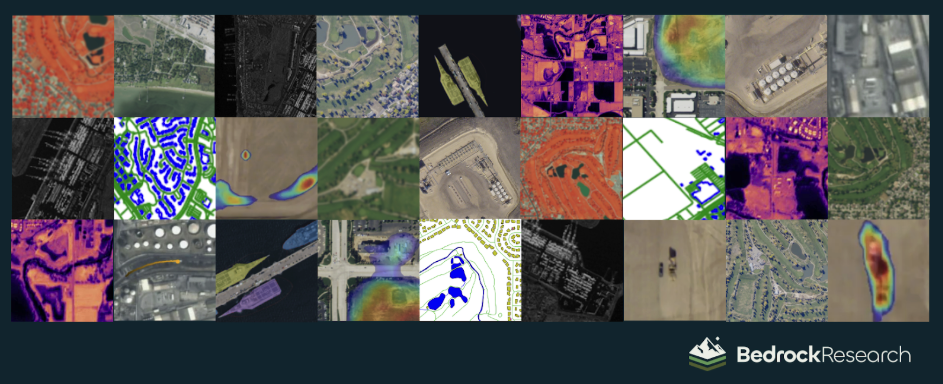From Pixels to Port Calls: Delivering Persistent Maritime Insight
Clarity across the global maritime landscape
The maritime world is in constant motion. From transoceanic shipping routes and LNG terminals to offshore energy platforms and coastal infrastructure, stakeholders are navigating a growing list of operational, economic, and environmental pressures.
But traditional monitoring tools like fragmented AIS feeds, infrequent satellite passes, and siloed sensor systems, can’t keep up with today’s tempo. They offer delayed, incomplete views, and often require extensive manual interpretation to be useful.
Bedrock delivers a real-time maritime monitoring solution built on a multi-modal geospatial foundation model. By fusing optical, radar, AIS, RF, thermal, hyperspectral, and contextual data, Bedrock transforms fragmented signals into a single stream of actionable maritime insight. From ocean crossings to port operations, we help teams move from noise to clarity, and from reaction to foresight.
The multi-modal edge
Bedrock fuses diverse sensor streams like optical, radar, AIS, RF, thermal, hyperspectral, and open-source, to deliver a unified view of global maritime activity.
Where most tools rely on one or two inputs, Bedrock integrates many. This ensures reliable, continuous awareness across diverse conditions, geographies, and vessel behaviors, no matter the weather, region, or complexity of operations.
“With Bedrock, you don’t need five dashboards to track port ops, open-sea traffic, and regional disruptions. We bring it all into one trusted maritime picture.”
From reactionary to anticipatory
In today’s crowded and commercially vital sea lanes, clarity and speed are everything. Bedrock’s maritime monitoring solution is powered by two core AI capabilities:
Anomaly detection identifies deviations from expected patterns, such as vessel delays, unusual loitering, early arrival to berths, or prolonged offshore holding. These alerts are tailored to your operational baselines, not generic models.
Semantic annotation explains why it matters. Our system distinguishes between routine movement and meaningful events, like unexpected heat activity near rigs, ship clustering around protected zones, or changes in cargo activity near high-value ports.
Together, these capabilities help maritime teams manage risk, improve uptime, and optimize throughput, from deep sea to dockside.
Construction at Takoradi Port, located in Ghana’s Western Region.
Your trusted 24/7 maritime monitoring solution
Bedrock dramatically reduces detection and analysis timelines—from days to minutes. Our solution maintains global visibility without requiring additional patrols, analysts, or bespoke systems. Below are examples of how we support diverse maritime missions:
Bedrock’s hardened, cloud-native solution delivers 99 percent uptime with secure global access and end-to-end encryption. Every insight is validated across multiple sensors and reviewed with human-in-the-loop quality assurance. That means your port ops teams, fleet managers, analysts, and insurers get trusted, ready-to-use intelligence, never just raw data.
Whether you manage a container terminal, run offshore assets, assess global trade flows, or oversee maritime safety zones, Bedrock delivers the insight you need to operate smarter, faster, and more confidently.


